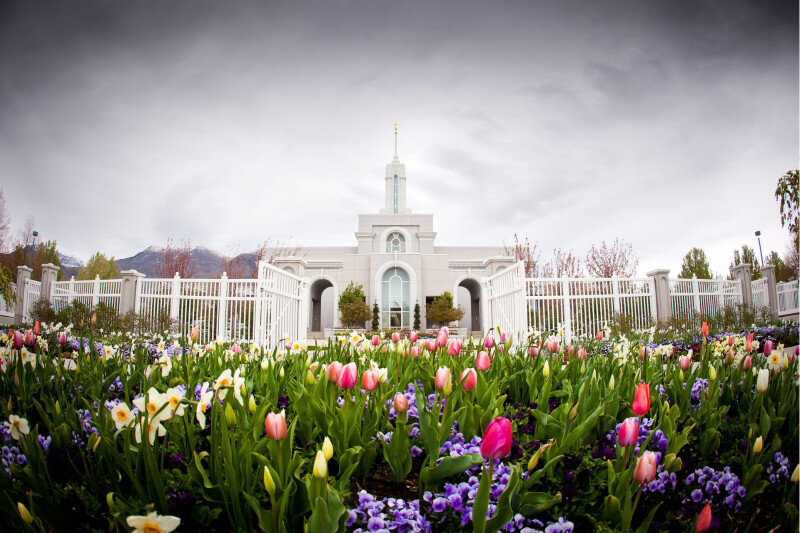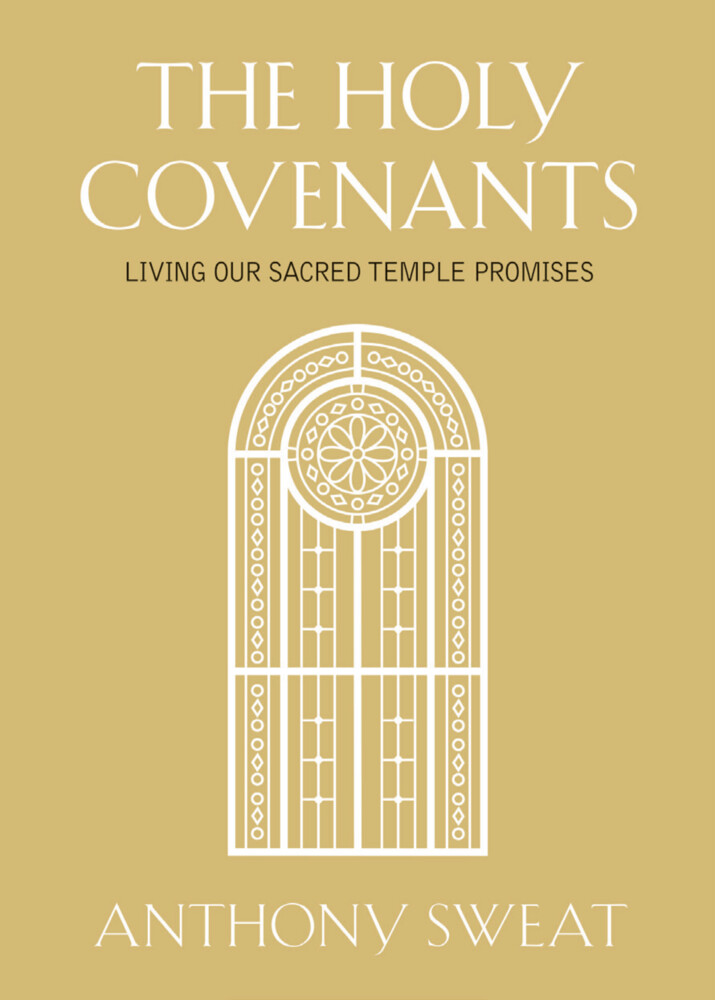When I hear others talking about the profound calmness they seem to naturally feel each time they visit the temple, I can’t help but wonder how I can have a similar experience more often.
I do have a testimony of the power of temple work and covenants—some of my most distinct answers to prayer have come in the house of the Lord. But worshipping in the temple is not always easy or comfortable for me.
I was recently studying how to feel more peace in the temple, and I came across an idea that sparked an encouraging realization.
In a devotional for Brigham Young University, Dr. Anthony Sweat, associate professor of Church history and doctrine, talks about the difference between an endowment, or “a heavenly gift of divine knowledge, experience, capacity, and ability,” and an endowment presentation, “an authorized religious ceremony to facilitate that power.” He said:
“[We] don’t get fully endowed with power in a few hours. If we understand that endowment is a spiritual capacity, then we need to develop that capacity over time through faithfully seeking to understand and diligently living the concepts and covenants presented in the temple endowment ceremony.”
In other words, our feelings when we visit the temple don’t necessarily indicate our level of spiritual capacity or the impact of temple covenants. To me, that means we shouldn’t feel discouraged or ashamed if our experiences at the temple feel different than someone else’s.
Developing our spiritual capacity, and understanding how to live our covenants, is a lifelong process—one that involves both faith and diligence.
Like any other gospel principle, this process might require more trust and patience for some members than others. If we don’t yet love the temple, President Russell M. Nelson has suggested we should seek to attend more often and turn to the Lord for understanding. He assured, “I promise you that over time, the temple will become a place of safety, solace, and revelation.”
Our efforts don’t need to be simply acts of blind faith or patient obedience, either. While we seek these promised blessings “over time,” I believe God will also bless us within our efforts—even when the fruits of temple worship might feel less apparent. In The Holy Invitation, Dr. Sweat writes:
“[You] may not learn something new from the endowment each time you participate. Some things come together slowly over time and through repeated visits, which is why there is a need to be patient and to return often. Even if you don’t gain some new insight through the endowment, you may be reminded of knowledge you previously learned—truths you already understand but that God wants to bring to your remembrance or impress more deeply upon your soul. Sometimes the things you learn will be revelatory insights into a personal problem or decision. And sometimes the ‘know’ from the temple endowment will be knowing you’ve just done something great for someone else, providing vicarious exalting ordinances for a deceased daughter or son of God.”
To put it another way, the personal outcomes of temple attendance will vary—maybe even from visit to visit. As Dr. Sweat suggested, we might gain new spiritual insights or simply confirmation of familiar truths. Other blessings can include:
- A stronger sense of unity, belonging, connection, identity, and purpose
- Increased feelings of love for others, especially ancestors
- A renewed commitment to keeping and understanding covenants
- A clearer mind and ability to focus
- More hope, confidence, and perspective during trials
- Greater self-discipline and strength to resist temptation
But no matter which temple blessings we notice, we can always find comfort in knowing that we’ve served another soul and shown our willingness to learn from God. Whether the feelings of peace come now or later, the most important thing is that we showed up that day with faith.
I’ve realized that maybe it’s less about trying to feel specific emotions in the temple and more about building my relationships with God and His children there. And in the process of nurturing these divine covenantal connections, I can experience the Savior’s “peace that passeth all understanding” (see Philippians 4:7).
▶You may also like: 8 blessings of the temple endowment people aren’t talking about enough
If you want to feel more comfortable in the temple, here are a few practical strategies you might try:
- Prepare by getting enough sleep, eating nutritious food, hydrating, and setting out your temple clothing and recommend the night before.
- Get to the temple early and spend some time praying or pondering.
- Focus on doing the ordinances that feel most comfortable for where you are, or switch up your typical temple routine.
- Go with a friend, family member, or someone from your ward.
- Practice mindfulness by using all five senses to stay grounded in the moment.
- Speak with an ordinance worker if you need help or support.
- Focus on looking for evidence of God’s love throughout the temple.
- Reach out to your bishop or a mental health professional to address other contributing factors.



